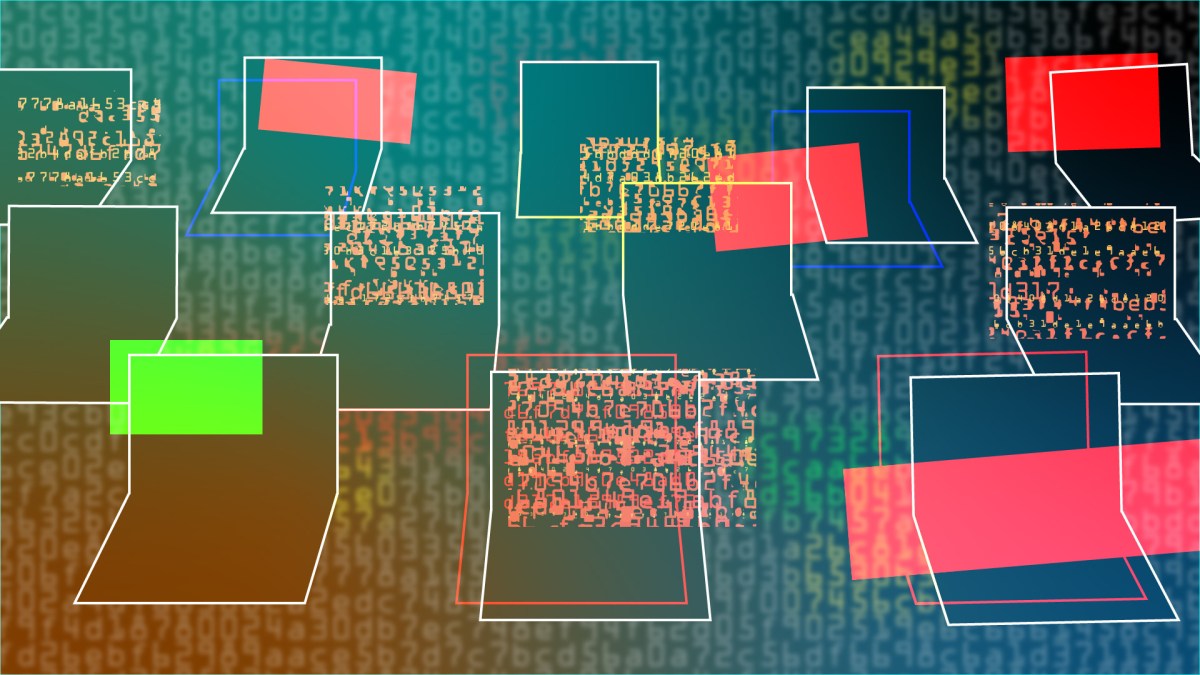Ultimate TechCrunch Cyber Glossary: Your Go-To Guide for All Things Cybersecurity
In the fast-evolving realm of cybersecurity, understanding the terminology is crucial for professionals and enthusiasts alike. At TechCrunch, our aim is to demystify the complex jargon often used in the field of cybersecurity. To achieve this, we have compiled a comprehensive glossary that covers commonly used terms, along with their meanings and contexts. This resource will be regularly updated to reflect the latest developments in cybersecurity terminology. We welcome your feedback and suggestions for further enhancement of this glossary.
Common Cybersecurity Terms
Advanced Persistent Threat (APT)
An Advanced Persistent Threat (APT) refers to a hacker or group of hackers who gain unauthorized access to a targeted system and maintain that access for extended periods. The primary objectives are often espionage, data theft, or sabotage of critical systems. APTs are typically well-funded operations linked to nation-states like China, Iran, North Korea, and Russia, though there are also financially motivated non-state actors engaging in similar persistent cyberattacks.
Arbitrary Code Execution
Arbitrary code execution allows an attacker to run commands or malicious code on a vulnerable system, either remotely or through physical access. This capability can lead to the installation of backdoors or malware, providing ongoing access to the system.
Attribution
Attribution involves identifying the perpetrators behind a cyberattack. While challenging, threat intelligence firms like CrowdStrike and Kaspersky often provide insights by analyzing patterns of behavior associated with specific hacking groups.
Backdoor
A backdoor is a method for bypassing normal authentication procedures to access a system. While backdoors can be legitimate, they may also be maliciously installed to compromise system security.
Black Hat vs. White Hat Hackers
Hackers are generally classified as black hat or white hat based on their motivations. Black hat hackers engage in illegal activities for personal gain, while white hat hackers operate within legal boundaries to identify vulnerabilities.
Botnet
A botnet is a network of compromised devices, often controlled remotely to execute various cyberattacks, including Distributed Denial-of-Service (DDoS) attacks.
Bug
A bug refers to an error in software that can lead to unexpected behavior or vulnerabilities. Understanding bugs is essential for maintaining secure software.
Command-and-Control (C2) Server
A command-and-control (C2) server is a centralized system used by cybercriminals to manage compromised devices and launch attacks.
Cryptojacking
Cryptojacking occurs when a hacker uses a victim’s computing resources to mine cryptocurrency without their consent.
Data Breach
A data breach is the unauthorized transfer of sensitive information from a secure location, typically by a malicious actor.
Data Exposure vs. Data Leak
- Data exposure occurs when sensitive information is improperly stored and made accessible, while
- data leak refers to the unintentional release of protected data, often due to vulnerabilities or insider access.
Def Con (aka DEFCON)
Def Con, short for DEFCON, is one of the largest hacking conferences globally, attracting thousands of cybersecurity professionals and enthusiasts each year in Las Vegas.
Distributed Denial-of-Service (DDoS)
A Distributed Denial-of-Service (DDoS) attack floods a target’s network with excessive traffic, causing service disruptions.
Encryption
Encryption scrambles data to protect it from unauthorized access, making it readable only to those with the correct decryption key.
End-to-End Encryption (E2EE)
End-to-end encryption (E2EE) ensures that only the sender and the intended recipient can read the messages, providing a high level of security for digital communications.
Escalation of Privileges
Escalation of privileges occurs when a user gains elevated access to resources that are normally protected, often exploiting vulnerabilities in the system.
Espionage
Espionage in cybersecurity refers to covert operations aimed at gathering sensitive information from targeted networks.
Exploit
An exploit is a piece of code or a technique that takes advantage of a vulnerability to gain unauthorized access to a system.
Extortion in Cybersecurity
Extortion in the cyber realm typically involves demanding payment from victims under the threat of data exposure or system disruption.
Forensics
Forensic investigations involve analyzing digital data to uncover evidence of cybercrimes or security breaches.
Hacker
The term hacker can refer to individuals who break into systems, either for malicious purposes or to improve security systems ethically.
Hack-and-Leak Operations
Hack-and-leak operations involve stealing data and subsequently leaking it to embarrass or expose the victim.
Hacktivist
A hacktivist is a hacker who engages in hacking activities for political or social causes.
Infosec
Information security (infosec) focuses on protecting sensitive data and information from unauthorized access and disclosure.
Infostealers
Infostealers are malware designed to extract sensitive information from a victim’s computer or device.
Jailbreak
Jailbreaking refers to the process of removing software restrictions imposed by manufacturers, primarily on mobile devices.
Malware
Malware is a broad category of malicious software designed to harm or exploit any programmable device or network.
Phishing
Phishing attacks trick individuals into revealing sensitive information through deceptive emails or messages.
Ransomware
Ransomware is a type of malware that encrypts files on a victim’s device and demands payment for decryption.
Remote Code Execution
Remote code execution allows an attacker to execute commands on a victim’s machine without direct interaction.
Sanctions
Cybersecurity-related sanctions aim to deter malicious actors by prohibiting transactions with designated entities.
Social Engineering
Social engineering techniques manipulate individuals into divulging confidential information.
Spyware
Spyware is software designed to gather data from a device without the user’s consent, often for surveillance purposes.
Threat Model
A threat model outlines potential security threats and helps in designing secure software and systems.
Unauthorized Access
Unauthorized access refers to gaining entry into a system without proper permissions, often violating legal statutes.
Virtual Private Network (VPN)
A Virtual Private Network (VPN) allows users to securely connect to a private network from anywhere in the world, enhancing online privacy.
Vulnerability
A vulnerability is a flaw in software that can be exploited by attackers to compromise system security.
Zero-Day Exploit
A zero-day exploit targets a vulnerability that is known but not yet patched, leaving systems defenseless.
For more information on cybersecurity topics, visit our cybersecurity section or check out credible sources like CISA and Kaspersky.







